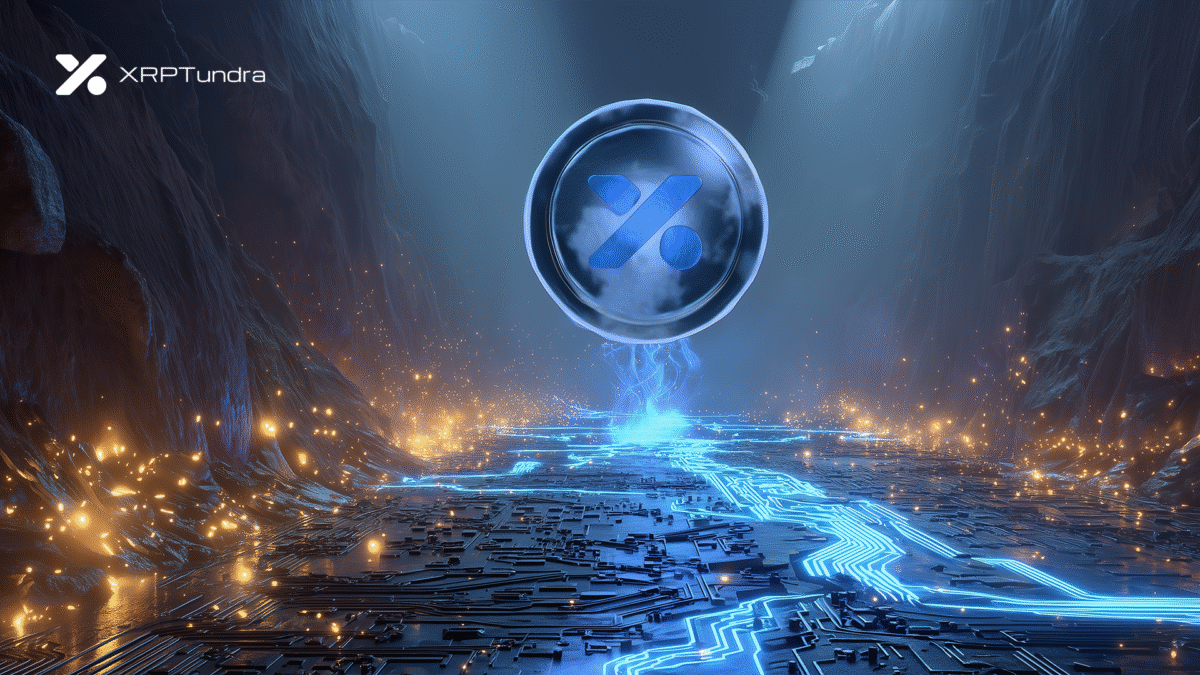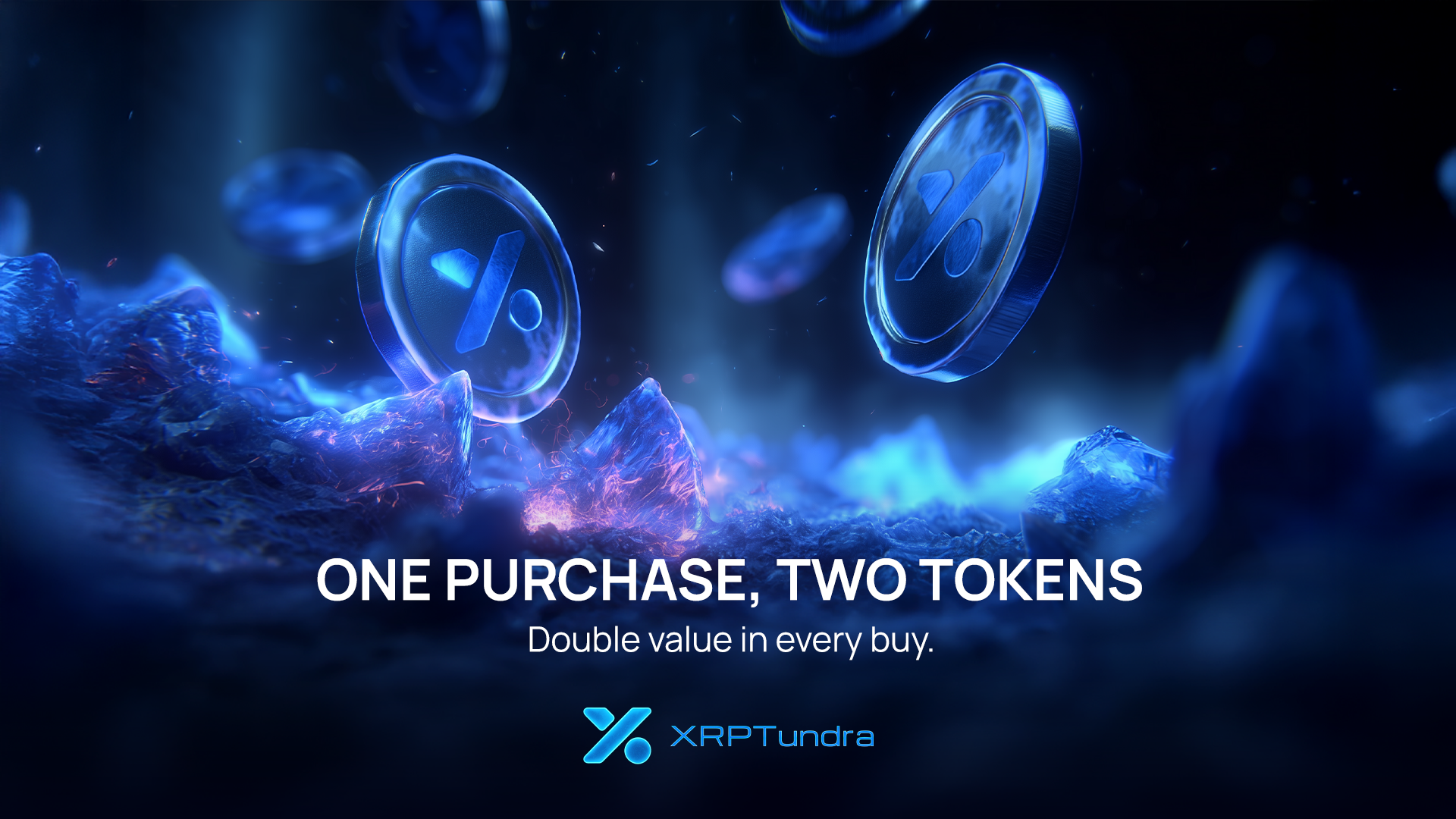Zcash (ZEC) has captured market attention with a sharp resurgence, climbing more than 150% in recent weeks after renewed institutional participation. The reactivation of Grayscale’s Zcash Trust and new listings on derivatives exchanges such as Hyperliquid have driven a wave of speculative inflows. Yet while Zcash’s proof-of-work miners profit from volatility, the economics remain dependent on token price swings and rising operational costs.
Emerging DeFi projects like XRP Tundra are presenting a fundamentally different model — one that replaces energy-intensive mining with on-chain staking. Through its dual-token presale and advanced liquidity systems, the project offers yield mechanics that can outperform traditional mining profitability while keeping entry costs accessible to retail buyers.
Zcash’s Rally and the Mining Dilemma
Zcash’s rally stems from renewed institutional exposure. Grayscale’s dedicated ZEC Trust enables regulated investment access to the privacy coin, while Hyperliquid’s ZEC/USDC perpetuals have amplified leverage-based demand. This combination has lifted Zcash into the $140–$165 range and triggered a surge in hash rate as miners return to profit.
However, mining remains an increasingly narrow-margin pursuit. Rising energy prices, ASIC concentration, and difficulty spikes limit profitability for individual miners. Reports from Bankless Times and Captain Altcoin suggest that unless ZEC sustains elevated prices, many smaller operations will again fall below break-even levels. For yield-driven investors unwilling to manage hardware or power costs, staking alternatives are becoming the more practical route to consistent returns.
Dual-Token Presale With Built-In Yield
XRP Tundra’s architecture introduces a presale model built around two interoperable assets: TUNDRA-S on Solana (utility and yield) and TUNDRA-X on XRPL (governance and reserves). During Phase 5, investors purchase TUNDRA-S at $0.091, receive a 15% token bonus, and obtain free TUNDRA-X worth $0.0455. Launch prices are set at $2.50 for TUNDRA-S and $1.25 for TUNDRA-X, underlining the upside potential for early entrants.
Presale buyers also gain priority access to staking once it goes live, enabling them to participate in the ecosystem’s Cryo Vaults and Frost Keys that target yields of up to 30% APY. This staking framework replaces the variable returns of mining with predictable, code-based payouts governed by smart contracts.
Transparency is ensured through a trio of independent audits and verified compliance checks:
A detailed breakdown of tokenomics, vault mechanisms, and governance allocation is available in the project’s whitepaper and verified documentation.
DAMM V2 and Arctic Spinner: Liquidity and Rewards Redefined
To sustain token stability, XRP Tundra deploys Meteora’s DAMM V2 liquidity engine. This dynamic automated market maker uses variable fee scheduling, NFT-based liquidity positions, and permanent locks to counter speculative dumping. Early trades face higher transaction fees that gradually normalize, preventing the rapid price collapses typical of new-token launches. The model turns what would normally be a “race to dump” into a “race to stake,” rewarding long-term commitment.
Complementing this, the Arctic Spinner introduces a transparent, gamified bonus program. Every qualifying token purchase earns spins that deliver instant TUNDRA-S rewards — ranging from 4% to 20% depending on tier level — while free daily spins keep community engagement constant. The combined system transforms participation into a repeatable reward cycle, fusing liquidity depth with interactive yield incentives.
In his recent video coverage, Crypto Show described Arctic Spinner as the most engaging staking companion yet, noting that its immediate rewards appeal to both casual buyers and institutional participants seeking liquidity-backed yield exposure.
A Mining Alternative Built for Predictable Yield
While Zcash’s miners rely on volatile token appreciation, XRP Tundra’s model derives returns from algorithmic staking. The contrast is stark: Zcash demands power infrastructure and hardware depreciation, while Tundra requires only token allocation. With staking APYs targeted up to 30%, even modest participation can produce outcomes equivalent to GPU mining operations — without the overhead.
The project’s liquidity and reward mechanisms are engineered to align incentives across holders, traders, and validators. Dynamic fees fund staking pools; Cryo Vault yields are sustained by real transaction activity, not inflationary minting. This design helps insulate yields from short-term speculation, a critical difference compared to proof-of-work ecosystems whose rewards fluctuate with market cycles.
Secure your spot in the presale and follow XRP Tundra’s updates across official channels.
Website: https://www.xrptundra.com/
Medium: https://medium.com/@xrptundra
Telegram: https://t.me/xrptundra
X: https://x.com/Xrptundra
Contact: Tim Fénix, contact@xrptundra.com
Disclaimer: This media platform provides the content of this article on an "as-is" basis, without any warranties or representations of any kind, express or implied. We assume no responsibility for any inaccuracies, errors, or omissions. We do not assume any responsibility or liability for the accuracy, content, images, videos, licenses, completeness, legality, or reliability of the information presented herein. Any concerns, complaints, or copyright issues related to this article should be directed to the content provider mentioned above.









